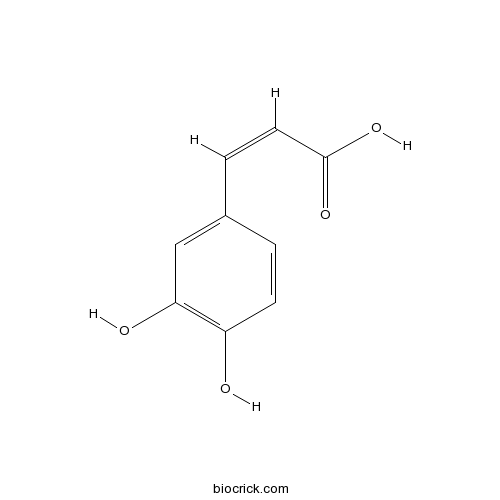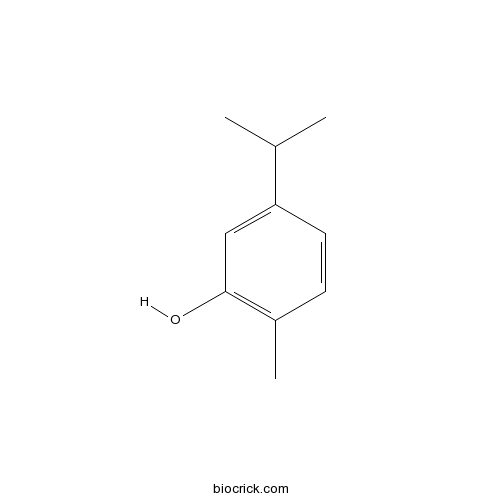Origanum vulgare
Origanum vulgare
1. The products in our compound library are selected from thousands of unique natural products; 2. It has the characteristics of diverse structure, diverse sources and wide coverage of activities; 3. Provide information on the activity of products from major journals, patents and research reports around the world, providing theoretical direction and research basis for further research and screening; 4. Free combination according to the type, source, target and disease of natural product; 5. The compound powder is placed in a covered tube and then discharged into a 10 x 10 cryostat; 6. Transport in ice pack or dry ice pack. Please store it at -20 °C as soon as possible after receiving the product, and use it as soon as possible after opening.
Natural products/compounds from Origanum vulgare
- Cat.No. Product Name CAS Number COA
-
BCN2285
Sagittatoside A118525-35-2
Instructions

-
BCN3327
Didymin14259-47-3
Instructions

-
BCN5979
Caffeic acid331-39-5
Instructions

-
BCN2633
5-Isopropyl-2-methylphenol499-75-2
Instructions

Essential oils encapsulated in polymer-based nanocapsules as potential candidates for application in food preservation.[Pubmed: 30100436]
The aim of this work is the encapsulation of essential oils (EOs) in polymeric nanocapsules (NCs), in order to enhance their antimicrobial activity against food-borne pathogens. Thymus capitatus and Origanum vulgare EOs were selected for their different chemical composition, carvacrol (73%) and thymol (44%) being the major constituent, respectively. Polymeric poly(ɛ-caprolactone) (PCL) nanocapsules loaded with EOs were prepared by a nanoprecipitation method. The EO-NCs showed monomodal distribution with diameter size 171 and 175 nm, high efficiency of encapsulation and stability with high retention of EOs at both 4 °C and 40 °C, for a period of at least 30 days. The antimicrobial activity of EO-NCs against food-borne pathogens was higher than that of the corresponding pure essential oils and the NCs loaded with Thymus capitatus EO were the most active. Interestingly EO-NCs showed a bactericidal activity even at the minimum inhibitory concentrations (MICs). It makes them appealing as natural food preservatives.
Carvacrol induces mitochondria-mediated apoptosis via disruption of calcium homeostasis in human choriocarcinoma cells.[Pubmed: 30070691]
Carvacrol is a monoterpenoid phenol present in the oils of various plants including Origanum vulgare (oregano) or Origanum majorana (marjoram). For a long time, it has been used as spice in foods because of its antimicrobial properties. Additionally, it appears to have anticancer effects against some cancer but this has not been well studied. Therefore, we conducted various assays to confirm the effects of carvacrol on choriocarcinoma cell lines (JAR and JEG3). Our results indicate that carvacrol has antiproliferative properties and induces apoptosis, resulting in increased expression of proapoptotic proteins. Additionally, carvacrol disrupted the mitochondrial membrane potential and induced calcium ion overload in the mitochondrial matrix in both JAR and JEG3 cells. Furthermore, carvacrol generated oxidative stress and lipid peroxidation in both JAR and JEG3 cells. Moreover, carvacrol-suppressed phosphoinositide 3-kinase-protein kinase B and extracellular signal-regulated kinase 1/2 mitogen-activated protein kinase (MAPK) signal transduction whereas expression of phosphor-P38 and c-Jun N-terminal kinase MAPK was increased. Together, our results indicate that carvacrol may be a possible new therapeutic agent or supplement for the control of human choriocarcinomas.


